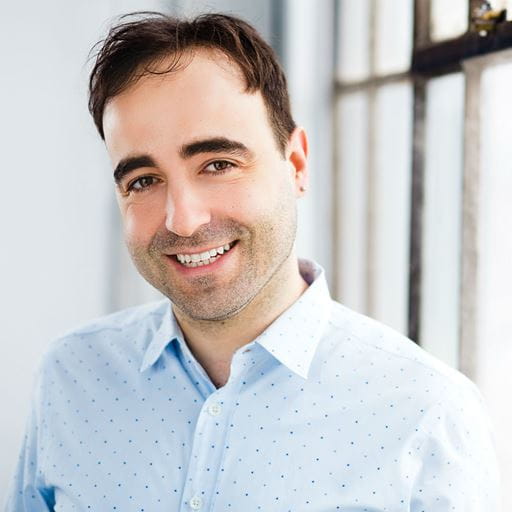Location, location, location: place is the key to ideas
-
Date
Tue 11 Jan 22

New research from the University of Essex and the University of Bocconi shows open cities breed innovation and creativity.
Over the past 1,000 years, cities and towns with positive social and economic policies and an open urban environment such as Florence, Vienna, Amsterdam and Antwerp have produced and attracted highly creative human capital according to a study into creativity over time and space by economists at the University of Essex and Bocconi, Italy.
Dr Michel Serafinelli, Department of Economics at the University of Essex explains: “Our research shows that self-governing cities with good personal and economic freedoms both produced and attracted more creative thinkers and artists. These surges in local creativity then created role models and expanded social learning. This in turn can lead to enhance prosperity.
“These findings are important for today’s planners and local councils as we evidence that this cultural capital is a cornerstone for healthy, forward-thinking, and potentially prosperous communities.”
Creativity over Time and Space, A Historical Analysis of European Cities published in January 2022 in the Journal of Economic Growth analyses over 22,000 ‘creatives’ – scientists, physicians, writers or visual artists – born in Europe between the 11th and the 19th century.
The authors show that these gifted people are concentrated in certain locations. As an example, Florence was the most creative hub in Europe throughout the Renaissance period, with artists, scientists, and other thinkers sharing in and adding to the creative atmosphere.
These clusters include thinkers and makers across disciplines; for example, famous creatives born in Vienna in the 18th century include composer Arnold Schoenberg, psychologist Melanie Klein, philosopher Ludwig Wittgenstein, architect Otto Wagner, painter Gustav Klimt and physician Ludwig Boltzmann. But these locations change over time, as the ideas move on.
In addition, the rise of the art world, both in terms of artists and their patrons or agents was intrinsically linked with those cities where political priority was given to protect the interests of merchants in the form of market infrastructures and exchange networks that could be exploited for creating a market for works of art. Antwerp in the 16th century and Amsterdam in the 17th century are prime examples of this marketisation of art and the incubation of artists as valued citizens.
Together with his co-researcher, Professor Guido Tabellini from Bocconi University, Dr Serafinelli discovered that artists and thinkers sought out towns and cities which were governed locally and that were open to innovative social and commercial interests. The research also shows that such living conditions nurtured an existing creative population. The researchers matched historical data on populations and institutions with the geographical data for known creative individuals and then tracked what happened against waves of institutional change.
"The self-governing status of a city is central to the nurturing of creativity." says co-author Professor Guido Tabellini from Bocconi University. "To quantify that more specifically, we estimate that autonomous cities have about 50% more production of highly creative individuals than the average city in our sample."
.jpg?mh=500&mw=500&hash=6568B6C9CCF5290A596BEF6678B6AD0E)



